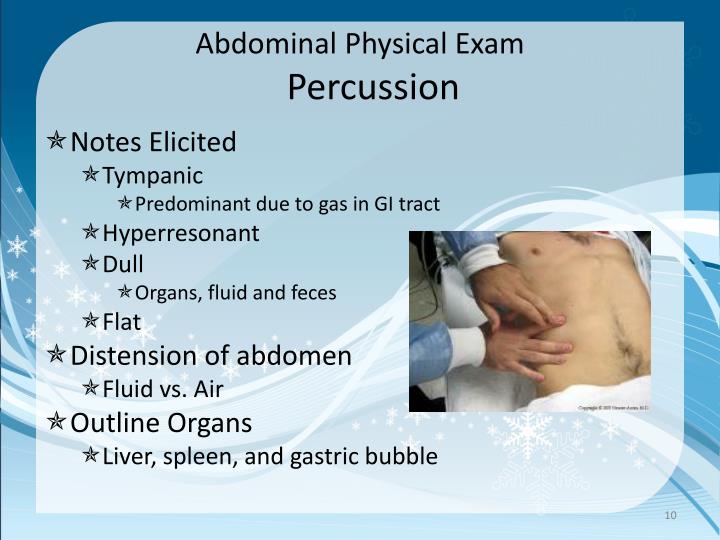

When assessing older adults, it is important to assess their mobility and their ability to perform activities of daily living. Is your child involved in sports or organized physical activities? Do you have any concerns about your child being physically able to perform these activities?.Does your child have any difficulty walking, jumping, or playing? If so, describe.Have you noticed any abnormality with your child’s spine, toes, feet, or hands? If so, describe.Has your child had any dislocation of a joint?.Has your child ever had a broken bone? If so, how was it treated?.Do you have any concern with your baby moving any joints, extremities, or neck normally? If so, describe.Have been told your infant has a “click” within the hip(s)?.Did the head come first during delivery of your baby? Was the baby in breech position requiring delivery by Caesarean section?.Did your baby experience any trauma during labor and delivery?.

When conducting a subjective interview of children, additional information may be obtained from the parent or legal guardian. Have you ever had a broken bone, strain, or other injury to a muscle, joint, tendon, or ligament? Have you had any previous surgeries on your bones or muscles, such as fracture repair or knee or hip surgery?Īre you currently taking any medications, herbs, or supplements for your muscles, bones, or the health of your musculoskeletal system? Have you ever been diagnosed with a neurological condition that affected the use of your muscles? Please describe the conditions and treatments. Have you ever been diagnosed with a chronic musculoskeletal disease such as osteoporosis, osteoarthritis, or rheumatoid arthritis? U: What do you think is causing the pain? T: When did the pain first start? Is it constant or does it come and go? Have you taken anything to relieve the pain? S: How severe is the pain on a scale of 0-10? R: Is the pain localized or does it radiate to another part or area of the body? Q: Describe the characteristics of the pain (aching, throbbing, sharp, dull). P: Does anything bring on the symptom such as activity, weight-bearing, or rest? If activity brings on the symptom, how much activity is required to bring on the symptom(s)? Does it occur at a certain time of day? Is there anything that makes it better or go away? How is it affecting your ability to complete daily activities? Table 13.4a Focused Interview Questions Related to the Musculoskeletal SystemĪre you experiencing any current musculoskeletal symptoms such as muscle weakness, pain, swelling, redness, warmth, or stiffness? The first question of the musculoskeletal interview is based on the six most common symptoms related to musculoskeletal disease. Sample focused interview questions to include during a subjective assessment of the musculoskeletal system are contained in Table 13.4a. Use information obtained during the subjective assessment to guide your physical examination. If the patient is experiencing acute pain or recent injury, focus on providing pain relief and/or stabilization of the injury prior to proceeding with the interview. If the patient reports a current symptom, use the PQRSTU method described in the “ Health History” chapter to obtain more information about this chief complaint. For example, an older client may have chronic limited range of motion in the knee due to osteoarthritis, whereas a child may have new, limited range of motion due to a knee sprain that occurred during a sports activity. Information during the subjective assessment should be compared to expectations for the patient’s age group or that patient’s baseline. Subjective AssessmentĬollect subjective data from the patient and pay particular attention to what the patient is reporting about current symptoms, as well as past history of musculoskeletal injuries and disease. Now that you reviewed the anatomy of the musculoskeletal system and common musculoskeletal conditions, let’s discuss the components of a routine nursing assessment.


 0 kommentar(er)
0 kommentar(er)
